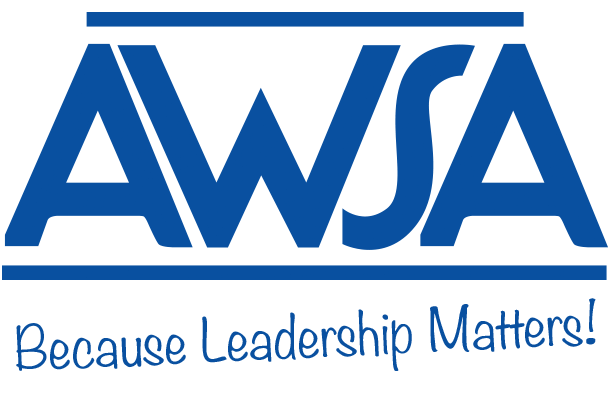Student Voice is a Necessary Piece to Safe Schoolsby Dr. Michelle McGrath WASC, Executive Director For most people, when they hear the words “student voice”, they immediately envision a forum filled with unrealistic demands, unorganized chaos, and a lot of noise that they are hopeful will be short lived. My 22 years in education, along with what we’ve witnessed the past several weeks in light of the tragedies in Parkland, FL, prove much differently. Student voice on my journey has always been filled with an abundance of authentic examples of purposeful, meaningful, student voice and engagement. Connected and engaged students are a necessary piece to safe schools. On December 16, 1965, Mary Beth Tinker, a 13-year-old student, wore a black armband to school to protest the war in Vietnam– a bold action that was purposeful and meaningful and still today affecting the way we address the integrity of the 1st Amendment for our young people. Educating, empowering and engaging students has been a priority for the Wisconsin Association of School Councils spanning the last 9 decades. In fact, the WASC is the only organization in the nation where students have equal representation on its governing body. Kyle Whelton, former WASC Student Officer and now Sheboygan Area School District School Board Member, shares, “Personally, I am keenly aware that it wasn’t long ago that I was sitting on the other side of the table advocating for changes in our schools as a student. Those skills are still with me today. As a board member, I want students to know that I am listening and looking for their input as much as I am listening and seeking input from their parents, teachers, and administrators.” Effective student voice doesn’t just happen, it entails a great deal of mindful planning, mentoring, and the necessary training and student advocacy forums to guide change. To understand the importance of student voice, it’s essential that we reflect on the research. Leading student voice researcher, Russ Qualia, shares these important statistics; “When students have a voice they are 7 times more likely to be motivated to learn, 8 times more likely to experience engagement in school, and 9 times more likely to experience purpose in school”. And the most surprising is what’s actually happening in schools. “61% of students believe they have a voice upon entering middle school and by the 12th grade that number dips to 37%.” (QISA, 2016). There are a number of schools and community organizations engaging in authentic, student voice initiatives. Here are a couple setting the bar in Wisconsin: Mount Horeb School District made the decision to capitalize on the passion of their students and collaborate with them regarding the March 14th Walk Out to remember the lives lost in the tragedy in the Florida school shooting. They invited myself, community leaders, school administration, and students to first learn about what the students’ needs were in regards to school safety. They also took time to collaboratively plan an event focused on school voice and advocacy. Mount Horeb Student School Board Rep, Joshua Busher, shares, “as a student, you do have power, and you can make impactful, positive change. I am extremely fortunate to live in a place where those activities are abundant”. Nekoosa High School provides several venues for students to voice their opinions including “Coffee with the Principal” and serving on various school committees traditionally only for staff. Principal, Keith Johnson, shares “Students are the reason we are at school in the first place and often they are the last people we ask for an opinion”. Waunakee High School created the “Justice League” with a mission to offer courageous conversations for students and create a safe and welcoming environment for all who enter. Through the work of the Justice League, students have brought voice to district committees and administration on economic disparity in their community, along with the conflicts and struggles of students that in the past had gone un-noticed. Joan Ensign, Waunakee District School Board President, shares, “Schools are in the business of serving students and who best to help guide school boards than students themselves.” The WASC is also working with a plethora of organizations to empower students and share voice:
An effective school voice model includes listening, learning, and leading. Encouraging students and teachers to have more of a voice in schools starts with first preparing the educational leaders to be genuinely open to listening to and learning from their students. Learning effective strategies for school voice is equally as important. Leading involves using the voices of our students to create meaningful and sustainable school change. To learn more about what students and educators can do to create positive and safe environments, visit our website page dedicated to student voice: wasc.org/leadership-standards/ Quaglia Institute for Student Aspirations. (2013) My voice national student report (grades 6-12) 2013. Portland, ME: Author. Retrieved from http:/qisa.org/.
Read more at:
Elementary Edition - Secondary Edition - District Level Edition
|
